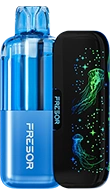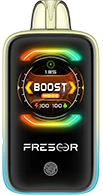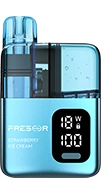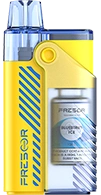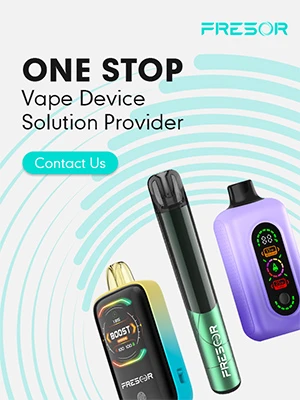Crafting Your Own Vaping Experience at Home

26 September 2024
Unraveling the Vaping Phenomenon
In recent years, vaping has surged in popularity, emerging as a preferred choice for many seeking an alternative to traditional smoking. For vaping enthusiasts and the DIY community, it presents a unique intersection of technology, creativity, and lifestyle. This trend appeals to a diverse audience, from tech-savvy individuals intrigued by innovative devices to those exploring healthier lifestyle changes. Vaping offers a customizable experience that caters to personal preferences, making it an attractive option for various demographics.
The allure of vaping lies not only in its perceived health benefits compared to smoking but also in its ability to be tailored to individual tastes and styles. Users can choose from an array of flavors, nicotine strengths, and device designs, allowing for a highly personalized experience. This flexibility has contributed to vaping's widespread adoption, particularly among young adults and ex-smokers looking for a less harmful alternative.
In this blog post, we'll explore how vapes are made, the components involved, and how to craft your own homemade vape. We'll also discuss the safety measures necessary for DIY efforts and examine the future landscape of vaping. Whether you're a seasoned vaper or a curious newcomer, this guide will provide valuable insights into the world of vaping and empower you to create your unique vaping experience.
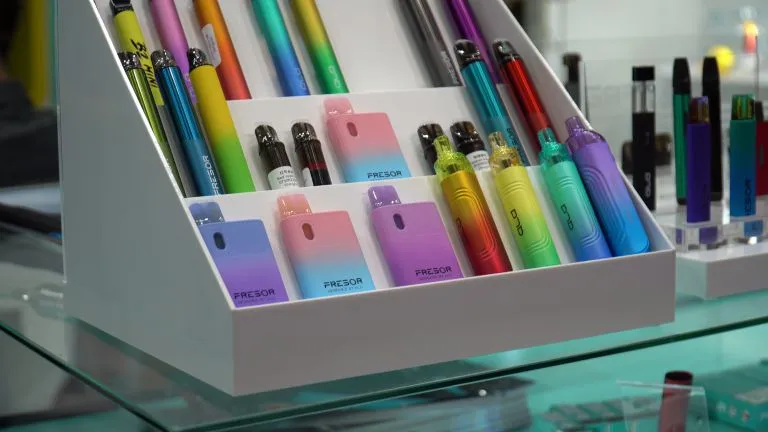
Understanding the Anatomy of a Vape
To truly appreciate the art of DIY vaping, it's essential to understand the main components of a vape and how they function together. At its core, a vape consists of three primary elements: the battery, the atomizer, and the e-liquid. Each plays a crucial role in delivering the vaping experience that enthusiasts seek.
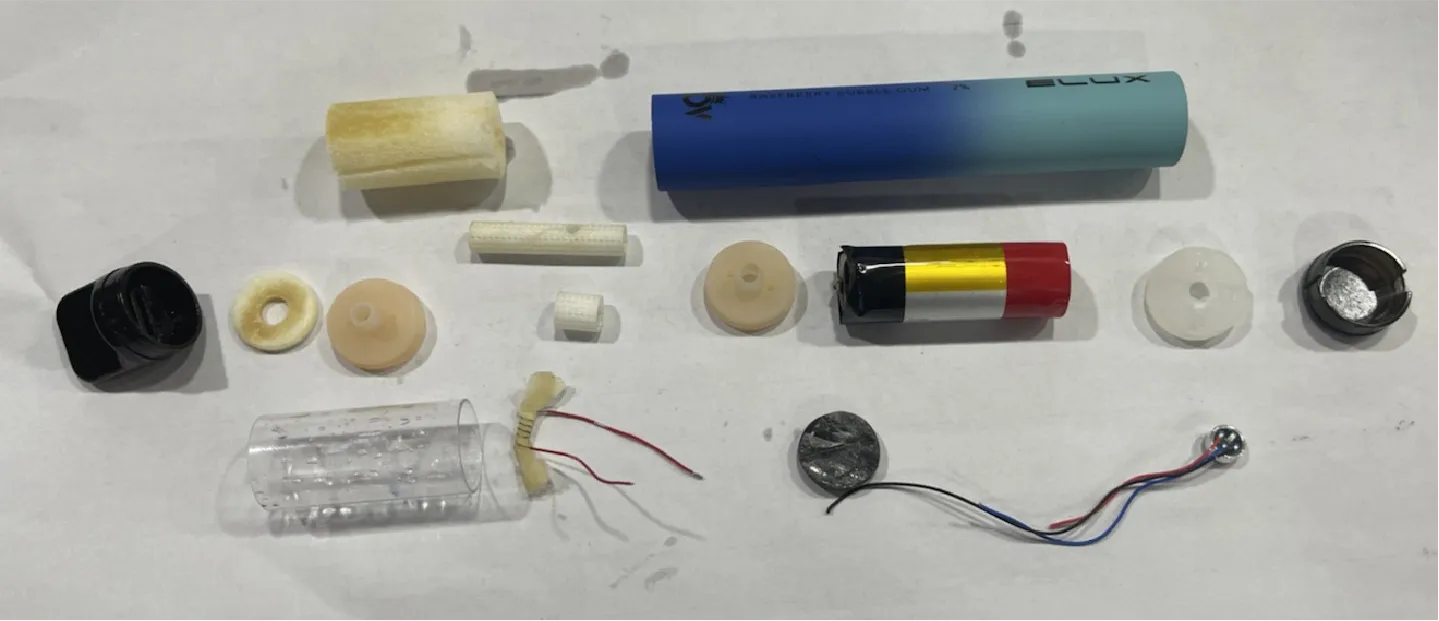
The battery is the powerhouse of a vape, providing the necessary energy to heat the atomizer. Most vapes use rechargeable lithium-ion batteries, known for their efficiency and longevity. These batteries come in various sizes and capacities, influencing the device's overall performance and lifespan. Selecting the right battery is vital for ensuring a consistent and satisfying vaping experience.
The atomizer is where the magic happens. It houses a coil that, when heated by the battery, the heat gently vaporizes the e-liquid. The design and material of the coil can significantly impact the flavor and vapor production. Atomizers come in different styles, such as rebuildable options that allow users to customize their coils, offering another layer of personalization for DIY enthusiasts.
Finally, the e-liquid—a blend of propylene glycol, vegetable glycerin, flavorings, and nicotine (optional)—is what produces the vapor. The ratio of these ingredients can be adjusted to create different vaping experiences, such as smoother hits or more robust flavors. Understanding the components of e-liquid is essential for those looking to experiment with DIY recipes. It's also crucial to note the quality of e-liquid ingredients, as they can affect both the taste and health impact of vaping.
In addition to these three main components, there are other essential parts that contribute to a vape's overall functionality.
These include the tank, which holds the e-liquid and connects to the atomizer, and the airflow system, which controls how much air enters through the device when inhaling. Vape enthusiasts often experiment with different tanks and airflow settings to find their ideal balance of flavor and vapor production.
Knowing the anatomy of a vape is critical for anyone interested in DIY vaping. By understanding how each component works together, vapers can make informed choices when selecting devices and customizing their vaping experience. It's also crucial to properly maintain and clean each part to ensure optimal performance and avoid potential safety hazards.
The DIY Vaping Movement Gains Momentum

The rise of DIY vaping is a testament to the creative spirit of the vaping community, showcasing the passion and ingenuity that many enthusiasts bring to the table. Driven by the desire for personalization and cost savings, a growing number of vapers have embraced the rewarding challenge of creating their own devices and e-liquids tailored to their unique tastes and preferences.
This burgeoning movement has gained significant traction among those who relish the opportunity to customize every aspect of their vaping experience, from the design of their devices to the flavors of their e-liquids.
One key factor fueling the DIY trend is the ability to control the quality and ingredients of e-liquids. Health-conscious consumers can meticulously ensure that their homemade concoctions are free of any undesirable additives or chemicals often found in commercially produced alternatives. This level of control is especially appealing in a world where many are increasingly vigilant about what they consume.
Additionally, making your own vape juice allows for endless experimentation with flavors and nicotine levels, enabling vapers to cater to their individual preferences and needs. Whether one is craving a fruity explosion, a rich dessert flavor, or a refreshing minty sensation, the possibilities are virtually limitless.
Another appealing aspect of DIY vaping is the potential cost savings it brings. While the initial investment in materials and tools may be significant, such as purchasing quality nicotine, flavor concentrates, and vaping hardware, this upfront cost can lead to substantial savings over time.
Enthusiasts can reuse components, mix their own e-liquids in bulk, and avoid the recurring expenses associated with pre-made products, which can add up quickly. This financial incentive, combined with the satisfaction of crafting something unique and personal, makes DIY vaping a popular choice for many.
Furthermore, the sense of community among DIY vapers fosters a spirit of sharing and collaboration, with many enthusiasts exchanging tips, recipes, and techniques, creating a vibrant and supportive environment that enhances the overall experience.
Prioritizing Safety in DIY Vaping
While the DIY vaping movement offers numerous benefits, safety should always be a top priority. Crafting homemade vapes requires careful consideration and adherence to best practices to minimize risks. By following these guidelines, enthusiasts can enjoy a safe and satisfying vaping experience.
When selecting materials for your DIY vape, opt for high-quality components designed for vaping use. This includes choosing reputable battery brands and verified e-liquid ingredients. Avoid using materials not intended for vaping, as they may pose health risks or compromise the device's performance.
Proper handling and storage of batteries are crucial for preventing accidents. Always use the correct charger for your battery type and avoid overcharging or exposing batteries to extreme temperatures. Store batteries in a safe and dry place, away from metal objects that could cause a short circuit.
Lastly, take care when mixing e-liquids, particularly if you're working with nicotine. Wear protective gloves and eyewear to prevent skin contact and accidental ingestion. Use precise measurements to ensure consistent and safe formulations. By practicing these safety measures, you can confidently explore the world of DIY vaping.
How To Make A Vape Pen from Scratch
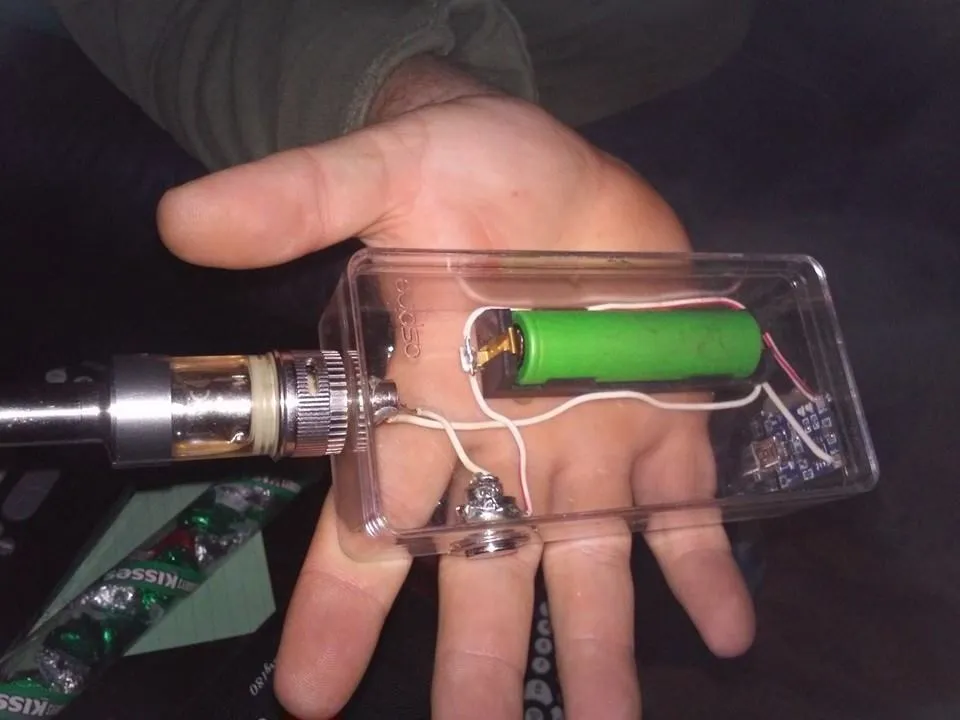
Building a vape pen from scratch requires selecting a power source and creating the atomizer. By assembling these components, you can craft your own custom vaping device.
https://www.youtube.com/watch?v=glfLfy9I0iE
Choosing a Power Source
When it comes to powering your homemade vape pen, consider the following options:
AA Batteries: Utilize 2 or 3 AA batteries to provide the necessary voltage for your vape pen.
Lightbulb: Repurpose a small lightbulb as a power source, ensuring it meets the required voltage specifications.
Glass Jar: A glass jar with a metal lid can serve as an unconventional yet effective power source.
Solar Power: Harness energy for your vape pen using solar panels, offering an eco-friendly alternative.
These options provide flexibility and innovation in building your DIY vape pen, allowing you to choose the solutions that best fit your needs and available resources.
Creating the Atomizer
You can construct an atomizer for your vape pen using simple materials such glass tubes such as a syringe or copper pipe.
Syringe Method:
Obtain a clean syringe and remove the plunger.
Cut a small piece of Kanthal wire for the coil and wrap it around the syringe needle.
Connect the coil to the positive and negative terminals on the syringe.
Insert a small piece of cotton through the coil to serve as wicking material.
Copper Pipe Method:
Cut a small section of copper pipe to function as your atomizer base.
Wrap the Kanthal wire around the copper pipe, creating a coil with even spacing.
Attach one end of the wire to the positive terminal and the other to the negative terminal inside the pipe.
Place a piece of cotton through the center of the coil to act as wicking material.
Assembling the Parts
To finalize the construction of your make your own vape homemade vape pen, carefully assemble the components following these steps:
Attach the Battery: Connect your chosen power source—whether it’s AA batteries, a lightbulb, or a glass jar—to provide energy for your vape pen.
Connect the Atomizer: Securely attach your homemade atomizer, created using either a syringe or copper pipe, to the power source.
Secure the Tank: Fasten the tank onto the atomizer to hold your DIY e-juice preparation.
Check Connections: Ensure all connections are tight and there are no loose parts that could pose safety hazards or cause malfunctions.
Test for Functionality: Before using your newly created vape pen, conduct a test to confirm that everything is functioning correctly, with no leaks or issues in vapor production.
As you assemble these components, handle them with care and attention to detail for safe and effective operation.
Safety Tips and Considerations
Building your own vape pen can be a fun and cost-effective project, but it’s important to keep these safety tips in mind:
Always use caution when handling electricity and potentially hazardous materials like e-juice ingredients.
Avoid using damaged or rusty parts that could pose health risks or affect the performance of your vape pen.
Regularly clean and maintain your device, replacing any worn or damaged components as needed.
Use high-quality materials from reputable sources for best results.
By following these precautions, you can enjoy your homemade vape pen without any major safety concerns. Additionally, consider experimenting with different designs and techniques to find the perfect setup for your vaping preferences. With some creativity and attention to detail, you can create a personalized vaping experience that is both satisfying and unique.
The Future of Vaping Unveiled
The vaping industry continues to evolve, with technological advancements and regulatory changes shaping its trajectory. Innovations in device design and e-liquid formulations are driving the development of more efficient, user-friendly products.
One emerging trend is the integration of smart technology into vaping devices. Features like Bluetooth connectivity and app integration are becoming more common on vape pens, allowing users to monitor usage patterns and customize settings directly from their smartphones.
At the same time, regulations are evolving to ensure the safety and quality of vaping products. Stricter standards for manufacturing and labeling of vape oil are being implemented worldwide, promoting transparency and consumer protection.
Looking ahead, the future of vaping holds exciting possibilities for enthusiasts and the DIY community. Continued innovation and increased awareness of health considerations will likely drive the development of even more sophisticated and customizable vaping experiences.
Reflecting on Your Vaping Journey
In conclusion, the world of vaping offers endless opportunities for exploration and creativity. From understanding the essential components of a vape to crafting your homemade device, the possibilities are vast and varied.
By prioritizing safety and staying informed about industry trends, you can enjoy a fulfilling vaping experience tailored to your preferences and needs. Whether you're a seasoned enthusiast or new to the DIY scene, the insights and tips shared in this post will empower you to elevate your vaping endeavors.
If you're eager to share your DIY vaping stories or insights, we invite you to join our community of like-minded enthusiasts. Subscribe to our newsletter for more expert content and become part of a growing movement that celebrates innovation and individuality in vaping.
FAQs
Is there a risk of explosions when building your own device?
As long as you follow proper safety precautions, such as understanding battery safety and using regulated devices, the risk of explosions is minimal.
Can I make my own e-liquids at home?
Yes, you can make your own e-liquids at home using a few simple ingredients, such as vegetable glycerin, propylene glycol, flavorings, and nicotine (if desired). However, it's crucial to educate yourself on proper handling and safety precautions before attempting to make your own e-liquids.
Is there a recommended way to inhale when vaping?
There are two main ways to inhale when vaping: mouth-to-lung (MTL) and direct-to-lung (DTL). MTL is similar to smoking a traditional cigarette, where you draw the vapor into your mouth before inhaling it into your lungs. DTL involves directly inhaling the vapor into your lungs without holding it in your mouth first. Some vapers prefer one method over the other, but ultimately it's a personal preference.


